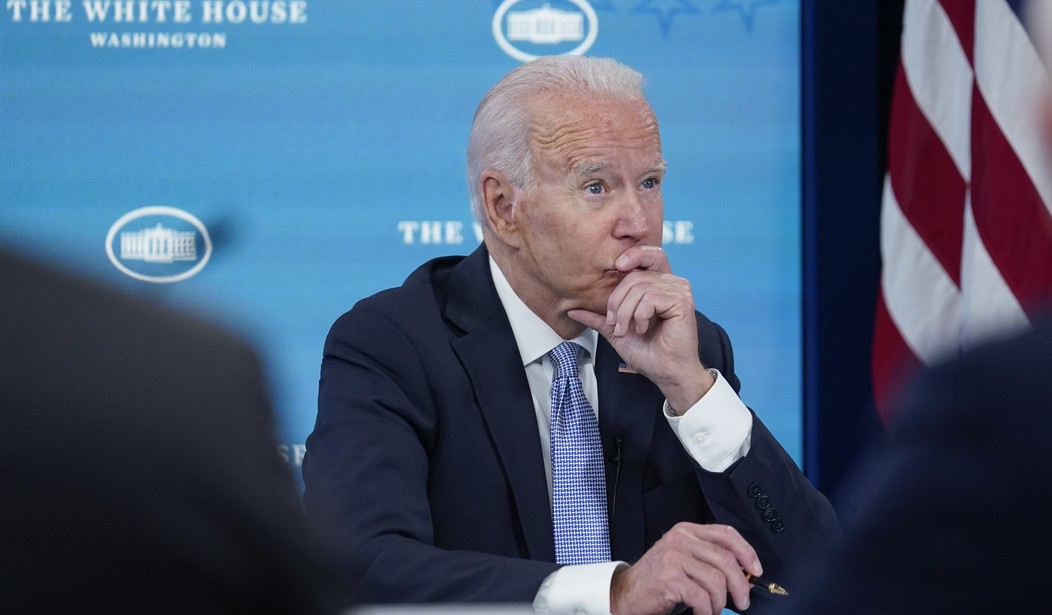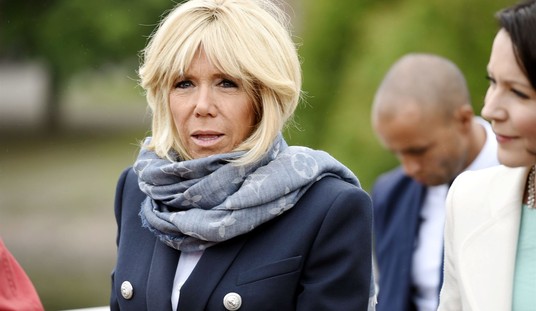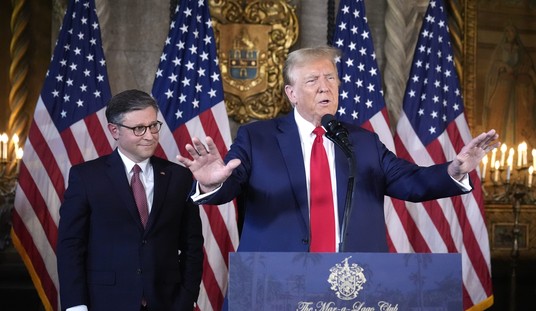According to the law of supply and demand, when the government prints/borrows trillions of dollars, the value of the dollar declines, and prices rise. That is called inflation.
According to President Joe Biden, when the government prints/borrows trillions of dollars, the value of the dollar doesn’t decline, and prices decrease. That is called, to borrow a Biden-ism, malarkey.
Per the president, “My Build Back Better plan will be a force for achieving lower prices for Americans looking ahead. It’s another reason why these investments are so important.”
So, showering the economy with $6 trillion in new spending (the price tag of Biden’s Build Back Better plan) will lead to lower prices? That is abject nonsense.
Biden’s remarks came exactly one day before his administration marked six months since entering the Oval Office. And over the past six months, inflation has become a persistent problem throughout the U.S. economy.
As reported by the Bureau of Labor Statistics:
The Consumer Price Index for All Urban Consumers (CPI-U) increased 0.9 percent in June on a seasonally adjusted basis after rising 0.6 percent in May … This was the largest 1-month change since June 2008 when the index rose 1.0 percent. Over the last 12 months, the all items index increased 5.4 percent before seasonal adjustment; this was the largest 12-month increase since a 5.4-percent increase for the period ending August 2008.
In fact, inflation has steadily increased every month of the Biden presidency.
This trend does not bode well for the future, considering that the Biden administration has big spending plans in store.
Already, President Biden, in conjunction with the Democrat-controlled Congress, has signed the $1.9 trillion American Rescue Plan. Yet, that is just the tip of the spending iceberg.
This week, the U.S. Senate is set to take preliminary votes on Biden’s $3.5 trillion “human infrastructure” spending bill. And that comes on top of the $1 trillion “traditional infrastructure” package Biden and his congressional colleagues seem to have agreed upon. Both bills have already passed the U.S. House of Representatives.
So, as inflation spikes to levels unseen in decades, Biden’s solution is to goose the economy with trillions of dollars we don’t have. That is a recipe for economic disaster.
Fortunately, Americans are aware that inflation has arrived. According to a recent poll, 86 percent of Americans are worried about inflation. Even worse, 88 percent of Americans are “somewhat” or “extremely” worried about the rising costs of living.
One would hope that Biden is at least cognizant of Americans’ angst when it comes to inflation.
However, according to his remarks, Biden believes that more government spending, specifically in the form of direct handouts, is the cure-all for any inflation ails.
Per Biden, “We designed our strategy not only to provide for a temporary boost, but to lay the foundation for a long-term boom that brings everyone along. … We saw a great example of that just last week. For the first time, monthly payments began going out to nearly every working family raising a child in the United States of America. Thanks to the expanded Child Tax Credit in the American Rescue Plan: $300 a month going out for each child under the age of six, and $250 for every child 6 through 17, every month for the next six months, with more coming in the spring.”
He added, “That money is a game-changer. For some, it’s a lifesaver.”
That money is also likely to spur even more inflation.
The Biden administration’s inflation “solution” of more spending is exactly the wrong strategy. It will only make inflation worse.
For older Americans and students of history, we have seen this play out before. In the 1970s, the U.S. economy was sick with a chronic case of inflation. More spending didn’t help. Neither did artificially low interest rates. Those just prolonged the problem.
The time-tested solution to inflation is simple: Higher interest rates, reduced government spending, and lower taxes to promote real, not nominal, economic growth.
This worked in the 1980s, after the country experienced the scourge of inflation coupled with stagnant economic growth and high unemployment, also known as stagflation.
If the Biden administration refuses to acknowledge the reality that inflation is upon us, and that $6 trillion in new spending will make matters worse, not better, we could be in for a 1970s stagflation redux.
Chris Talgo ([email protected]) is senior editor at The Heartland Institute.













Join the conversation as a VIP Member